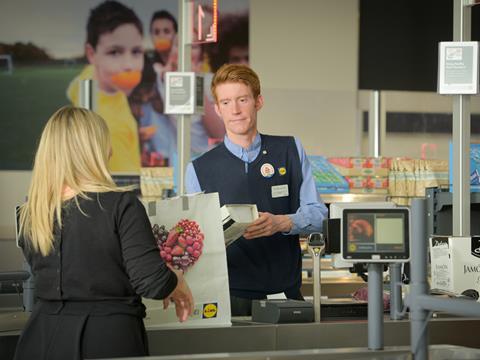
Tesco is beginning to claw back ground from the discounters as its recovery coincides with some of the worst growth figures of the price war era for Aldi and Lidl.
Dave Lewis’ recovery plan at Tesco has led to its first market share gain since 2011, according to new data from Kantar Worldpanel, nudging back up to 28.2% from 28.1% last year.
Tesco’s till roll growth of 1.3% for the 12 weeks to 9 October was its first sales growth since March 2015, while Nielsen found its 1.4% 12-week growth represented its best year-on-year sales figures for more than three years.
Its sales recovery is being driven by notable growth in its own-label range , including ready meals and its ‘Farms brands’, but it is also attracting new shoppers again, with two-thirds of householders visiting a Tesco over the past four weeks [Nielsen], at a time when the stellar growth of the discounters is tailing off.
Aldi remains the fastest growing grocer at 11.4% [Kantar], but this figure is its second-slowest rate in recent years and well down on the 15.1% growth seen in March.
The growth slowdown appears more stark at rival Lidl, which has recently undergone a change in UK leadership from Ronny Gottschlich to Christian Härtnagel.
Kantar found Lidl’s growth was at its lowest point (8.4%) for at least four years, while Nielsen found its 4.1% growth was now behind that of the Co-op, Iceland and Marks & Spencer.
According to Nielsen, Lidl’s 12-week growth peaked at 27.5% in January 2014, but was as high as 19.9% in October last year .
Analysts at Jefferies suggested “either new space productivity has reduced sharply, or that like-for-like momentum has now firmly dipped into negative territory”.
Lidl has plans to double its UK store portfolio of 630 in the coming years, but only opened 10 last year, according to The Grocer’s Grocery Retail Structure analysis, suggesting a slowdown in openings is hitting top-line sales growth.
Bernstein analyst Bruno Monteyne pointed to Lidl’s massive advertising push last year as being partly responsible for the current slowdown.
The Grocer found Lidl was the biggest spending UK supermarket of all on advertising in 2015. “Clearly that gigantic investment boosted sales, but they have been buying trade rather than building a sustainable business - hence the P&L losses,” he said. “As they try to throttle down on media spending, that is having an effect on sales.”
Mike Watkins, Nielsen’s UK head of retailer and business insight, concurred that Lidl’s ad and social media drive starting in 2014 attracted new shoppers, in particular those attracted by a new refreshed in-store bakery range and new advertising messages around fresh foods.
“The price cuts across the supermarket industry and the return to growth of Tesco in the last 12 weeks will have slowed the top-line growth of the discounters compared to two years ago,” Watkins added. “However, we still expect strong growth over the next six months from both discounters as their store opening programmes gain new momentum.”
It is understood a number of Lidl stores have been closed for refurbishment and it plans to accelerate its store opening programme over the next six months.
While Tesco was the only big four player in growth, it was a good period for the UK’s leading supermarkets overall. Both money taken at the till and volume of goods sold were up 0.1% versus the same period a year ago, according to Nielsen, and overall sales up 0.8 year on year, according to Kantar.
Jefferies noted the overall underperformance by UK majors has now reduced to -1.2% from -2.2% year-to-date, which “is the narrowest deficit since Q1 2015, but we suspect that it represents the narrowest lag in relative like-for-like terms to the rest of the market since the credit crunch.”







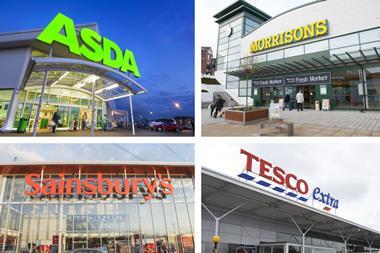
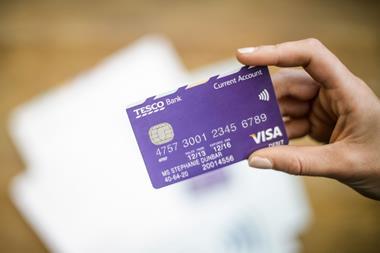
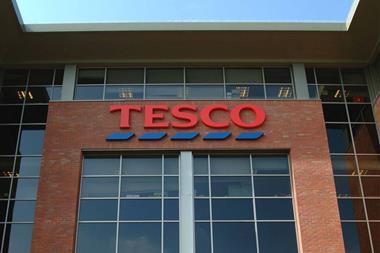


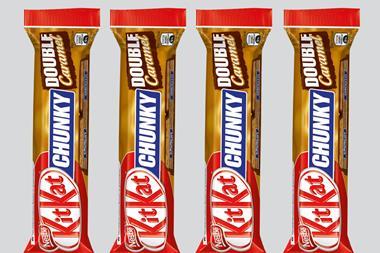
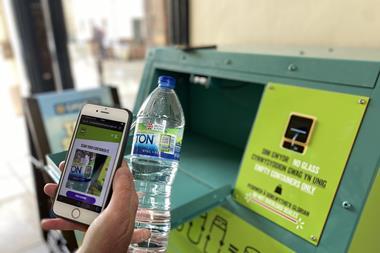




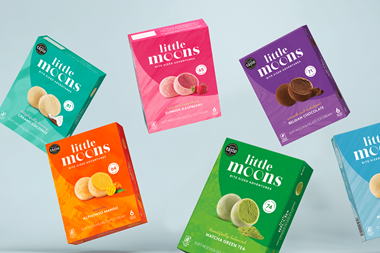
No comments yet